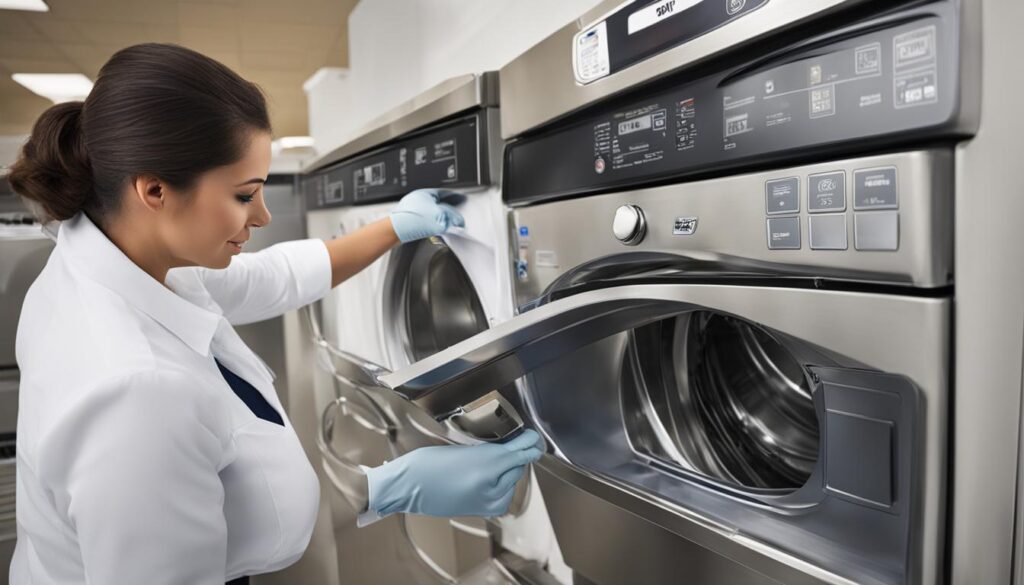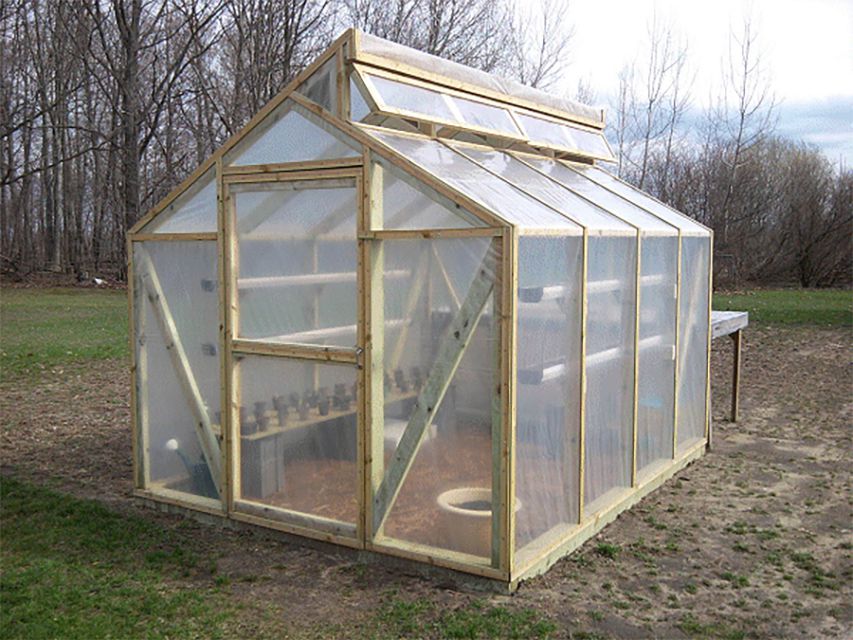Food Safety Essentials: Preventing Physical Hazards in Food Service
Understand physical food hazards
Physical hazards in food represent any foreign objects that can cause injury or illness to consumers. These hazards range from visible items like glass fragment to most invisible contaminants like metal shavings. For food workers, prevent these hazards is not precisely a regulatory requirement but a fundamental responsibility to protect customer safety.
Physical contaminants differ from biological or chemical hazards because they typically cause immediate harm through choke, dental damage, cuts, or other physical injuries. Unlike foodborne pathogens that might take days to manifest symptoms, physical hazards create immediate problems that immediately link hinder to the food establishment.
Common physical hazards in food service
Before implement prevention strategies, food workers must recognize the near frequent physical contaminants:
Glass fragments
Glass contamination oftentimes come from broken light fixtures, shattered containers, or damage utensils. These sharp fragments pose serious risks of oral and internal injuries if consumed.
Metal objects
Metal contaminants include screws, staples, equipment fragments, and metal shavings from can openers or wear equipment. Metal detection systems are specially valuable for identifying these hazards.
Hard plastic
Break utensils, package components, and equipment parts can introduce plastic fragments into food. These may be difficult to spot, peculiarly in foods with similar coloring.
Wood splinters
Wooden cutting boards, pallets, or toothpicks can splinter and contaminate food products. Regular inspection and maintenance of wooden tools prevent this hazard.
Stones and pits
Natural contaminants like stones in beans or unexpected pits in purportedly pit fruits can cause dental damage or choke hazards.
Personal items
Jewelry, buttons, bandages, hair, and other personal items from food handlers represent preventable contamination sources that proper policies can eliminate.
Bone fragments
Unexpected bone fragments in meat, poultry, or fish products present serious choke hazards and potential injuries to consumers.
Essential prevention strategies
Implement robust supplier verification
Prevention begin before ingredients enter your facility. Establish stringent supplier verification programs that include:
- Require supplier certificates confirm physical hazard controls
- Conduct periodic supplier audits to verify compliance
- Establish clear specifications for acceptable levels of natural contaminants
- Inspect incoming ingredients and packaging materials
- Develop protocols for supplier non-compliance
When receive deliveries, train staff to inspect packaging for tears, punctures, or evidence of tamper that might introduce physical contaminants.
Maintain proper facility design and equipment
The physical environment plays a crucial role in prevent contamination:

Source: safefood360.com
- Install shatterproof light fixtures above food preparation areas
- Use plastic or metal containers alternatively of glass when possible
- Implement preventive maintenance schedules for all equipment
- Replace cutting boards at the first signs of wear or splinter
- Install screens on windows and proper sealing on doors to prevent pest entry
- Create designate areas for personal belongings outside from food preparation zones
Equipment design should minimize contamination risks through features like seal bearings, captive parts, and materials that resist breaking or chipping.
Enforce personal hygiene and dress code policies
Many physical hazards originate from food handlers themselves:
- Prohibit jewelry in food preparation areas (except plain wedding bands )
- Require hair restraints include nets, hats, or beard cover
- Mandate glove use with protocols for change them regularly
- Ban false nails, nail polish, and other potential contaminants
- Implement secure pockets or no pocket uniforms to prevent items from fall
- Require appropriate, clean footwear that doesn’t track contaminants
Regular training should reinforce these policies and explain their importance in prevent physical hazards.
Apply proper food handling techniques
Careful handling prevents introduce or spread physical contaminants:
- Inspect raw ingredients exhaustively before process
- Use color code cutting boards to prevent cross contamination
- Replace damage utensils and equipment instantly
- Open cans, packages, and containers outside from expose food
- Remove staples, twist ties, and packaging materials whole
- Clean can openers after each use to prevent metal shavings
When prepare ingredients that course contain physical hazards (like bones in fish or pits in fruits ) implement specific handling protocols to ensure thorough removal.
Implement detection and removal systems
Eventide with prevention strategies, detection systems provide additional protection:
- Install metal detectors for high risk production lines
- Use magnets to capture ferrous metal contaminants
- Implement sieving or filtration systems for liquid products
- Consider x-ray detection for dense contaminants in package products
- Train staff in visual inspection techniques
- Install proper lighting in inspection areas
Each detection method have limitations, so combine multiple approaches provide more comprehensive protection.
Establish glass and brittle plastic control programs
Glass and brittle plastics require specific control measures:
- Maintain an inventory of all glass and brittle plastic items in the facility
- Conduct regular audits to verify integrity of these items
- Establish break procedures include stop production, discard potentially contaminate products, and document incidents
- Use plastic coat light bulbs or cover in food handling areas
- Store glass containers outside from production areas when possible
Some facilities implement glass free zones where perfectly no glass items are permit, eliminate this hazard solely.
Training and monitoring systems
Comprehensive staff training
Education forms the foundation of physical hazard prevention:
- Train all employees on identify potential physical hazards
- Provide regular refresher courses on prevention protocols
- Include physical hazard prevention in new employee orientation
- Conduct scenario base training for handle contamination incidents
- Document all training activities
Training should emphasize personal responsibility and create a culture where food safety is everyone’s priority.
Implement monitoring and documentation systems
Ongoing verification ensure prevention systems function efficaciously:
- Conduct regular visual inspections of preparation areas
- Perform schedule equipment maintenance checks
- Test detection systems with known samples
- Document all monitor activities
- Maintain records of corrective actions
- Review monitor data to identify trends or recur issues
Documentation provide evidence of due diligence and helps identify opportunities for system improvement.
Establish effective incident response procedures
Despite prevention efforts, incidents may occur:
- Develop clear protocols for handle customer complaints about physical contaminants
- Train staff to decent document all relevant information
- Establish product hold and recall procedures
- Conduct root cause analysis for all incidents
- Implement corrective actions to prevent recurrence
- Review and update prevention systems base on incident data
Proper incident management not solely address immediate concerns but strengthen prevention systems over time.
HACCP and risk base approaches
Integrate physical hazards into HACCP plans
Hazard analysis critical control point (hHACCP)systems provide systematic approaches to food safety:
- Conduct thorough hazard analysis for each production step
- Identify critical control points for physical hazard prevention
- Establish critical limits for detection systems
- Implement monitoring procedures
- Define corrective actions for deviations
- Verify system effectiveness
- Maintain comprehensive records
HACCP plans should specifically address physical hazards alongside biological and chemical concerns.
Apply risk assessment principles
Not all physical hazards present equal risks:
- Evaluate hazards base on severity and likelihood
- Prioritize control measures for high risk hazards
- Consider consumer demographics when assess risk (children, elderly )
- Review product characteristics that might mask or increase hazards
- Allocate resources base on risk assessment results
Risk base approaches ensure prevention efforts focus on the virtually significant threats to consumer safety.
Special considerations for different food service settings
Restaurant specific strategies
Restaurants face unique challenges in physical hazard prevention:
- Implement policies for handle broken dishware and glassware
- Train servers to inspect plates before serve
- Establish protocols for remove foreign objects discover during service
- Maintain proper storage of garnishes and condiments
- Develop procedures for tableside preparation
The open nature of restaurant kitchens require vigilance and clear protocols for all staff members.
Institutional food service considerations
Schools, hospitals, and other institutions serve vulnerable populations:
- Implement more stringent inspection protocols
- Consider texture modify diets that might mask physical hazards
- Train staff on special needs of the population serve
- Develop enhanced monitoring for high risk items
- Maintain clear communication with healthcare providers
Institutional settings oftentimes require higher standards due to the vulnerability of their consumers.
Food manufacturing approaches
Large scale production present different challenges:
- Implement automate detection systems
- Establish preventive maintenance programs for all equipment
- Develop comprehensive foreign material control programs
- Train operators on equipment specific hazards
- Conduct environmental monitoring for potential contaminants
Manufacture facilities benefit from technology base solutions that may not be practical in smaller operations.
Regulatory compliance and industry standards
Food workers must understand the regulatory framework govern physical hazards:
- FDA food code requirements for retail and food service
- USDA regulations for meat and poultry establishments
- FSMA preventive controls requirements for manufacturers
- State and local health department regulations
- Industry specific standards and guidelines
Compliance provide the minimum foundation for physical hazard prevention, but effective programs typically exceed regulatory requirements.
Conclusion
Prevent physical hazards require a comprehensive approach combine proper facility design, equipment maintenance, staff training, and monitor systems. Food workers at all levels share responsibility for protect consumers from these potentially dangerous contaminants.
By implement the strategies outline in this guide, food service professionals can importantly reduce the risk of physical hazard injuries to customers. This protection not but fulfills legal and ethical obligations but besides build consumer trust and protect business reputation.
The virtually effective physical hazard prevention programs create a culture where food safety is integrated into every aspect of operations, from receive to service. With proper training, systems, and vigilance, food workers can ensure that the only thing customers experience from their food is enjoyment and satisfaction.

Source: supsalv.org
MORE FROM hotondeals.com













